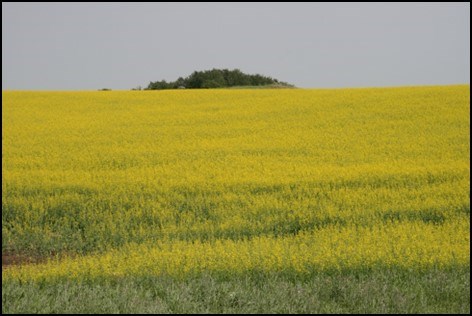The outlook for farm crop incomes this year is not that rosy.
Falling input prices in the last year crop and the next crop years will put “more margin pressure, especially for Western crops, than the sector has seen recently,” says a Farm Credit Canada outlook.
“This year, we’ll be watching global stocks-to-use ratio, global weather forecasts and equipment costs as three significant influences on crop profitability,” the outlook report said.
While commodity prices for the 2023-24 marketing year have fallen for corn, spring wheat, and feed barley, they may already have bottomed out.
Canadian feed barley prices have been pressured by the availability of relatively cheap U.S. corn and lack of export demand.
Low barley supplies due to drought-related yield reductions on the prairies will help to boost prices for the new year and keep them well above the five-year average.
Canola, yellow pea and red lentil prices will decline this year but remain above the five year average. Spring wheat and durum prices will fall too.
The estimated price for canola is $13.32 a bushel, 39 per cent less than last year, but remains above the five year average at $6.81 a bushel.
Spring wheat prices will decline almost 22 per cent to $5.50 a bushel, but stay 25 cents above the five year average.
Durum declines 12 per cent to $6.87 a bushel just above the $6.45 average.
Feed barley prices will fall by 21 per cent but will be 15 per cent above the long term.
Red lentil prices will drop 22 per cent even though India has taken off import levies as the removal is temporary.
Yellow peas will decline 33 per cent.
Prices for most farm commodities are expected to fall by a small amount in the crop year after 2024-25.
Low global stocks to use ratios will be offset by higher global crop production in soybeans and cereal grains.
There is a bit of good news for farmers.
Crop input prices that reached ridiculous heights in the last few years as commodity prices soared have softened.
Nitrogen fertilizer prices have declined in the last few months. Diesel prices have come down.
Farmers needing to finance replacement of equipment will have tough sledding.
An $800,000 combine would require semi-annual payments of $110,000 as higher interest rates added 65 per cent to payments.
Farm decisions are clouded by moisture conditions. The drought monitor map shows 100 per cent of Saskatchewan under some degree of drought.
More than 40 per cent of United States farmland faces drought, much of it severe.
Dry spring seeding conditions may reduce North American purchases of inputs and put pressure on those prices.
Ron Walter can be reached at [email protected]




